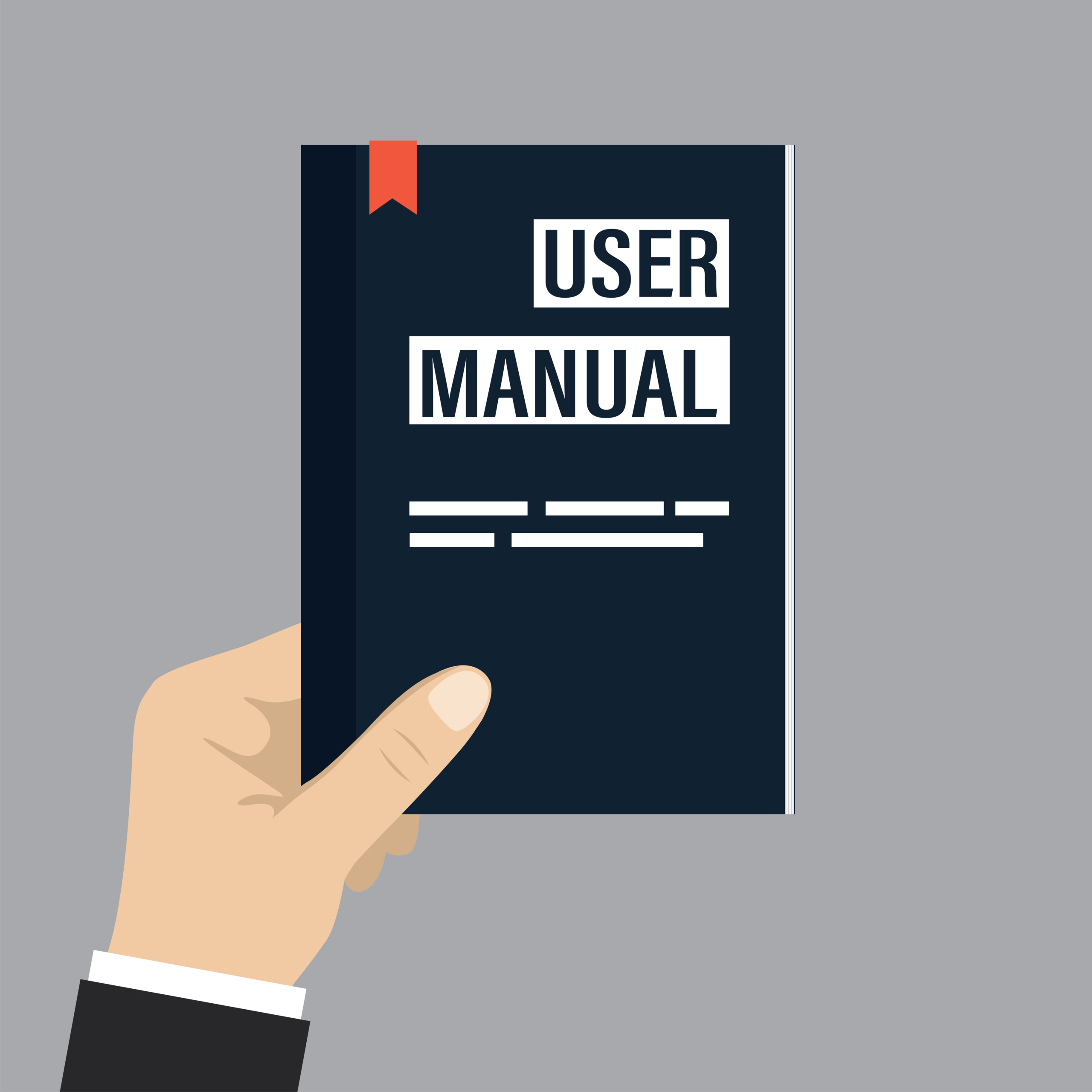Instructions for use and user manuals for products sold in France may be validly provided in French in a digital format, viewable and downloadable on the internet or directly on the device sold.
A senator recently drew the attention of the Minister of the Economy and Finance to the fact that in international trade, it often happens that products imported into France are not accompanied by a user manual written in French. This senator questioned the minister as to whether it is normal for the notice to be written only in English, the non-English-speaking user having to search the internet to find a computer version in French.
In his response of September 23, 2021, the Minister of the Economy and Finance recalled that Article 2 of Law No. 94-665 of August 4, 1994 relating to the use of the French language provides that “in the designation, offer, presentation, instructions for use or use, description of the scope and warranty conditions of a good, product or service, as well as in invoices and receipts, the use of the French language is compulsory. “.
Consequently, the instructions for use of any product sold in France must be written in French.
However, the law n°94-665 of August 4, 1994 relating to the use of the French language does not specify that instructions for use must be provided exclusively on paper.
So that, the digital format is not against the law.
As a result, the use of user manuals in digital format that can be viewed or downloaded from the Internet or directly on the device is lawful.
As part of its sectoral controls, the Directorate-General for Competition, Consumer Affairs and Fraud Control (DGCCRF) checks that the French Language Act of 4 August 1994 is properly applied.
It gives priority to the verification of products having an impact on the safety and health of consumers.
In this regard, it should be noted that point 2.1.2 of the circular of March 19, 1996 relating to the application of Law No. 94-665 of August 4, 1994 relating to the use of the French language specifies that “the presentation in French must be as legible, audible or intelligible as the presentation in the foreign language. A similarity of the two presentations and a parallelism of the modes of expression between the two versions are not, however, required. Also, the translation may not be verbatim, as long as it stays in the spirit of the original text. The same rules apply to the instructions for use or use, the presentations of which in French and foreign languages must be as understandable and as complete as each other”.
Source Min. Resp. No. 23949: OJ Senate, 23 Sept. 2021, p. 5508: OJ, Senate
Chronicle of Philippe Touitou, Lawyer at the Paris Bar, Partner, Legipass Avocats, published in LE JOURNAL DU NET Oct. 4 2021.
Link : here

